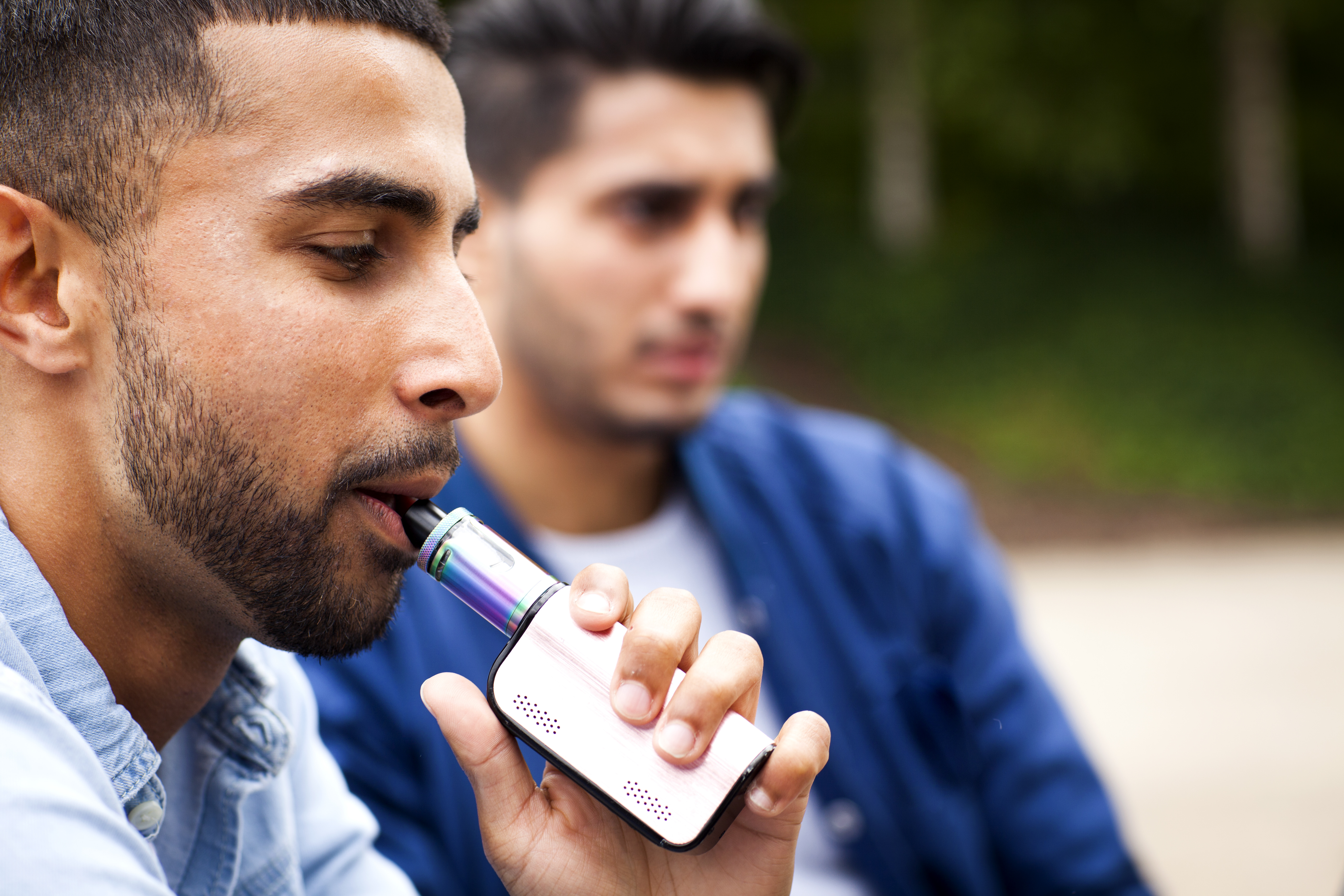10 Shocking Realities About Vaping You Need to Know
In recent years, vaping has surged in popularity, positioning itself as a trendy alternative to traditional smoking. Marketed as a safer option, e-cigarettes and vape pens have captivated millions, especially among younger demographics. However, beneath the cloud of vapor lies a myriad of potential health hazards that are often overlooked or underestimated. This article delves into the top 10 shocking realities of vaping hazards, aiming to uncover the truths that every user should know. As we explore these realities, it becomes imperative to question the safety of this modern phenomenon and its long-term implications on public health. The goal is to provide a balanced view that empowers readers with knowledge, enabling informed decisions about their health and well-being.
1. The Deceptive Safety Myth

One of the most pervasive myths surrounding vaping is its perceived safety compared to traditional smoking. Many users believe that because vaping eliminates the combustion process, it inherently reduces health risks. However, this assumption is misleading. While it's true that vaping may contain fewer carcinogens than cigarette smoke, it still exposes users to harmful chemicals. Studies have identified substances such as formaldehyde, acrolein, and even traces of heavy metals in e-cigarette vapor, all of which pose significant health risks. The marketing strategies employed by vaping companies often emphasize the absence of tar and reduced exposure to toxins, creating a false sense of security among consumers. This narrative downplays the potential dangers associated with long-term use. As a result, individuals may underestimate the cumulative effects of inhaling these substances over time. The deceptive safety myth can lead to increased usage and experimentation, particularly among adolescents who are more susceptible to marketing tactics and peer influence.
2. The Chemical Cocktail: What's Really in the Vapor?

Vaping liquids, often referred to as e-liquids or vape juices, contain a cocktail of chemicals that can have adverse health effects. While the primary components are typically propylene glycol and vegetable glycerin, these substances serve as carriers for nicotine and flavorings. The process of heating these liquids to create vapor can lead to the formation of new compounds, some of which are harmful. For instance, when heated, propylene glycol can degrade into formaldehyde, a known carcinogen. Moreover, the flavorings used in e-liquids, although deemed safe for ingestion, are not necessarily safe for inhalation. The respiratory system is not equipped to handle the same chemicals that the digestive system can process. Diacetyl, a chemical used to create buttery flavors, has been linked to a serious lung condition known as "popcorn lung" due to its damaging effects on the airways. Despite these risks, many e-liquid manufacturers do not disclose the full list of ingredients, leaving consumers unaware of what they are inhaling.
